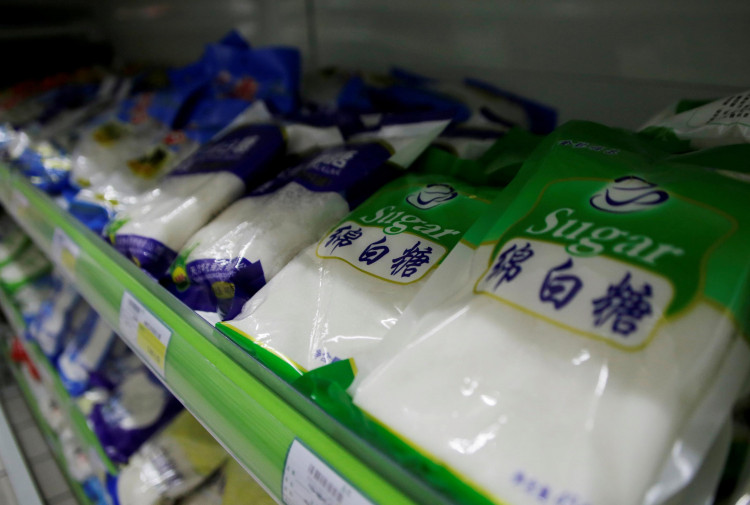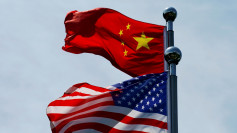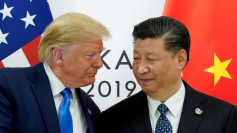A crackdown on sugar smuggling into the Chinese mainland has left Asia's key markets disproportionately unable to absorb excess supplies elsewhere, causing global markets to have a deeper storage problem.
It is suspected that vast amounts of sugar smuggled into the country were manufactured primarily in Thailand or India and sent out to Vietnam, Myanmar, or Laos before landing on Chinese soil.
According to Wang Weidong, a sugar analyst based in southern China, such flows should be more than 50 percent for the fiscal year to around 800,000 tons compared to previous years when about 1.6-2.7 million tons would be illegally brought in.
The crackdown was launched as the government faces growing scrutiny to extend high tariffs on imports of sugar beyond 2020 and historically low growth in approved imports into the country.
"This year, the Chinese authorities have really clamped down on that (smuggling trade). It has been closed down for all intents and purposes," a London-based sugar trader disclosed.
Investors and analysts pointed out that they estimate the clampdown to escalate in China and London.
Data from the International Sugar Organization show that the global market will post a surplus of almost 5 million tons in the 2019-2020 season, which means that Asia will be able to cushion a good amount of the excess coming out of the crackdown in China. The ISO is an intergovernmental organization, based in London
Nonetheless, the world market has about 95 million tons of stock to absorb after two straight years of surplus, the ISO said. This is equal to about six months of demand and is concentrated primarily in Asia.
Chinese tariffs will leave official imports of sugar into the country at around 3 million tons this year, said Justin Liu, senior sugar analyst at the Chaos Research Institute based in China.
For a developing economy like China with a sugar surplus, the lack of growth is remarkable and shows that Beijing is serious about protecting its domestic industry.
"China's domestic demand can be met with domestic production and imports under the quota. Supply and demand are balanced. If the government completely opens its market, the local sugar industry will be doomed," Weidong stressed.
China slapped major exporting countries with steep sugar import tariffs in 2017 and in August last year, its commerce ministers started to levy more taxes on out-of-quota sugar imports from all origins.
These actions, with the clampdown on smuggling, helped lift prices of Chinese white sugar soaring about 21 percent this year after the commodity dipped to a four-year cellar in 2018.
China's smuggling crackdown has also led to stock-building in Thailand, some of which made its way through record shipments against ICE futures contracts to global markets by mid-year.
According to market expert Green Pool, at the end of September, Thailand, the world's second-largest exporter, sat on more than 7 million tons of inventory, 1.2 million tons more than last September, and nearly 3 million tons more than the two years before.





